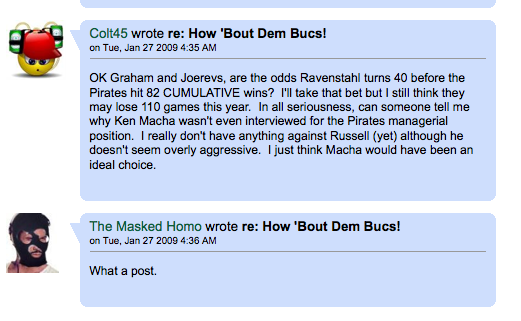Can the combo guard help lead Utah back to the playoffs?
From 1983 to 2003, the Utah Jazz made 20 consecutive playoff appearances.
Led by Deron Williams in his prime, the Jazz qualified for four straight postseasons from 2006 to 2010.
Historically, it is safe to say the Jazz have been one of the staples of the Western Conference postseason picture, but a series of moves, involving the trade of its franchise player, knocked the Jazz back into the lottery. The team has missed the playoffs in each of the last three seasons, and four of the last five, and posted the fewest wins in 2013-14 since the 1979-80 season- the first for the franchise in Salt Lake City.
The 2014-15 season showed improvement, but the team still finished 11th in a dauntingly strong Western Conference. How can this team take the next step?
The obvious candidates to shine for a young and vibrant Utah team are the big men- Rudy Gobert and Derrick Favors. Gordon Hayward has established himself as a legitimate starter on the wing, and 2014-15 rookies Dante Exum and Rodney Hood showed promise.
When Exum tore his ACL playing for the Australian national team, however, the opportunity emerged for a different player to control the ball and help lead the Jazz back into the playoffs: Alec Burks.
Burks came into the league in 2011, drafted by the Jazz with the 12th overall pick. Standing at 6-6, the former Colorado Buffalo has the ability to play both guard spots, is a more-than-capable scorer from all over the court, and has the athleticism to defend three positions. His play was promising enough that the Jazz rewarded him with a four-year, $42 million contract prior to last season. Unfortunately, Burks was limited to only 27 games last year after a shoulder surgery ended his season.
In 33 minutes nightly prior to his injury, Burks averaged 13.9 points, 4.2 rebounds and 3.0 assists per game while shooting a career-best 38.2 percent from 3-point range. He also shot 42.9 percent on catch and shoot threes, which improves his ability to play next to Gordon Hayward, who averaged 4.1 assists per game in 2014-15. Because Hayward excels as a point forward, it slightly decreases the need for Burks to be a true point guard and, instead, he can focus more on his strengths.
It’s no secret that Trey Burke failed to snag the starting point guard role at the end of 2014-15, losing the job to Exum. As Quin Snyder’s team jumps through the hoops of training camp and preseason, look for him to opt for a starting five of Burks, Hood, Hayward, Favors and Gobert.
A team in a similar situation has played bigger with success- the Milwaukee Bucks. According to 82games.com, the Bucks’ most successful lineup last year came with the 6-6 Michael Carter-Williams and 6-7 Khris Middleton in the backcourt. Deploying a similar strategy with Burks and Hood, the Jazz could see similar results.
Exum’s absence leaves a void for Burks to stake his claim as the top guard in Utah, and his play in a similar role (albeit in a small sample size) showed he is capable of handling the demands. Players that breakout do so because of opportunity, and Burks is in the perfect situation to expand his game and help push the Jazz back into the promised land.
Add The Sports Daily to your Google News Feed!
